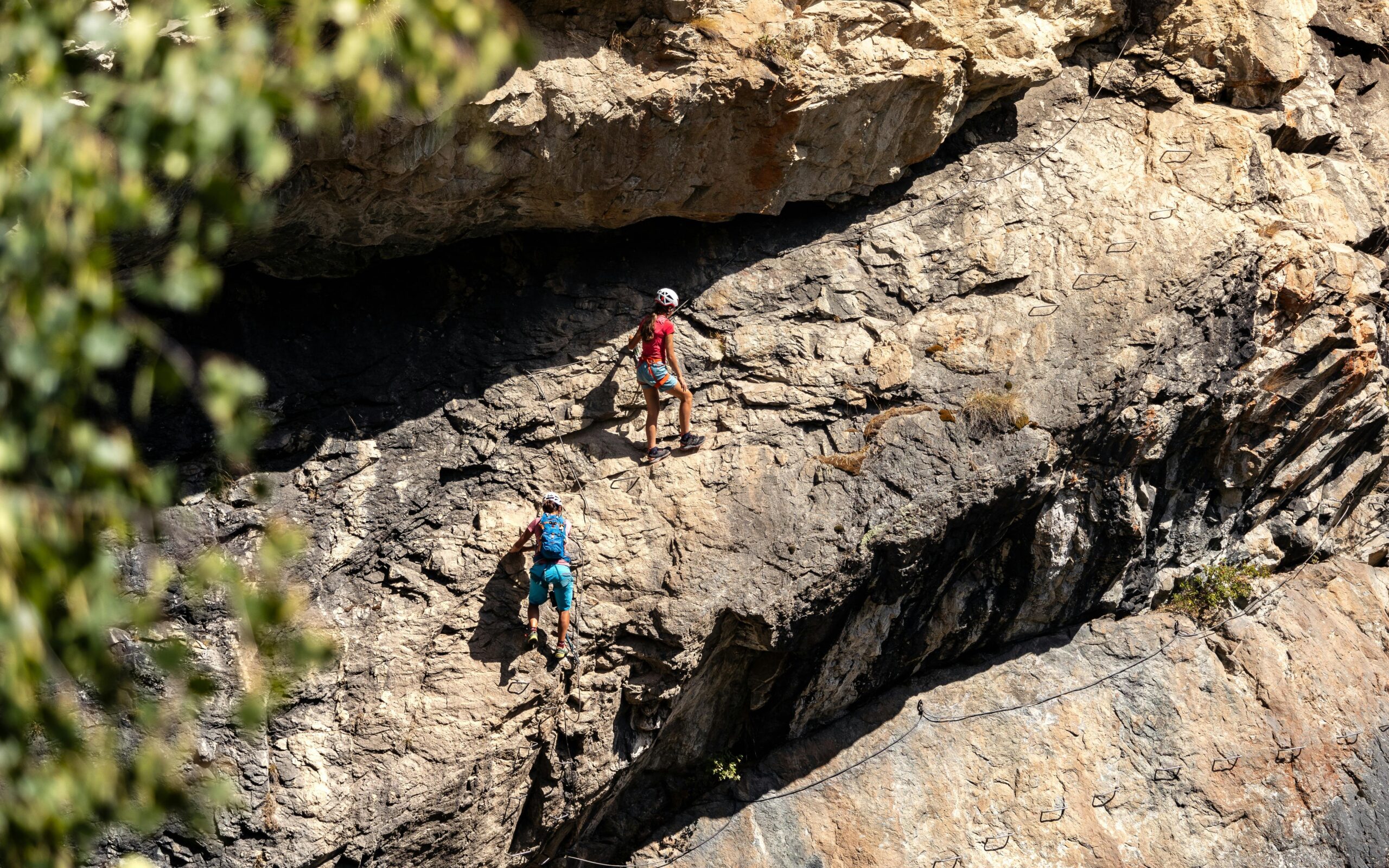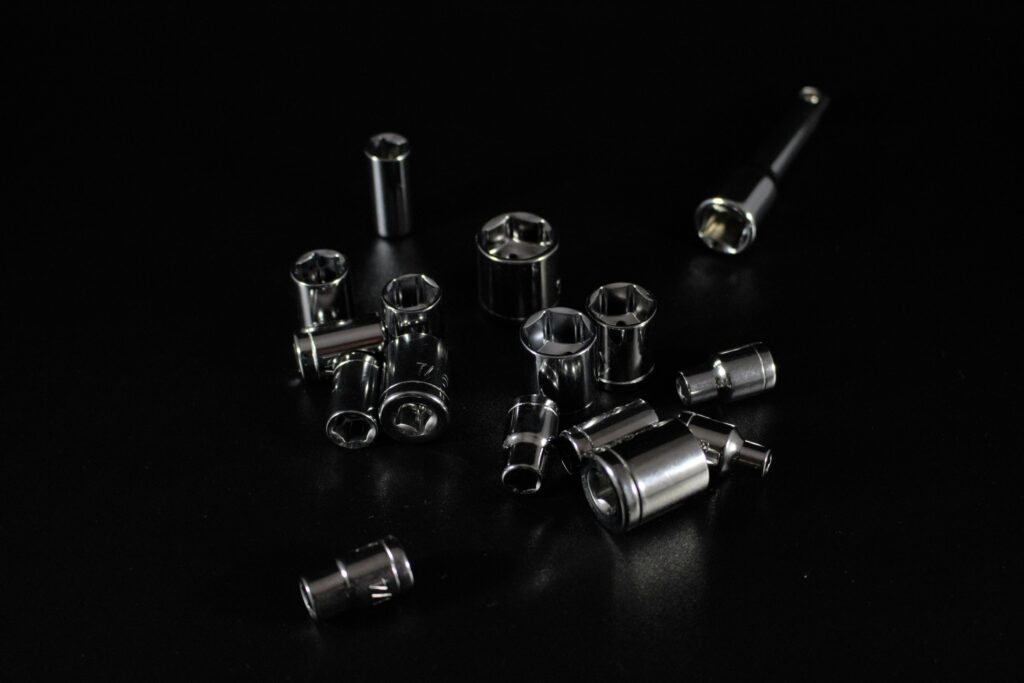“Ever stared at your climbing rack, wondering if that hex is more of a hero or just dead weight? Yeah, you’re not alone.”
When it comes to climbing gear, every ounce matters. Whether you’re scaling towering cliffs or navigating tricky boulder problems, choosing the right gear can make or break your adventure. Today, we’ll focus on “Hex Weight Ratings,” why they matter, and how to pick the perfect hex for your climbs without weighing down your pack.
By the end of this guide, you’ll understand:
- Why hex weight ratings are critical in climbing adventures.
- How to balance weight vs. durability when selecting hexes.
- Tips for optimizing your rack’s overall performance.
Table of Contents
- Key Takeaways
- The Problem With Hefty Hexes
- Step-by-Step Guide to Mastering Hex Weight Ratings
- Best Practices for Selecting Lightweight Hexes
- Real-World Examples: Lighter Racks = Happier Climbers
- FAQs About Hex Weight Ratings
- Conclusion
Key Takeaways
- Hex weight ratings directly impact your climbing efficiency and safety.
- A lightweight hex won’t always compromise durability—choose wisely!
- Balance is key; overloading your rack with ultralight options could backfire during intense climbs.
The Problem With Hefty Hexes
Picture this: On my first multi-pitch climb, I proudly packed what I thought was an arsenal of bombproof hexes. By pitch three, my arms felt like wet noodles from lugging around chunks of metal disguised as “protection.” My blunder? Ignoring hex weight ratings entirely.
It turns out those extra grams add up fast. And let’s be honest—no one wants their gear to feel like dragging cinder blocks up a cliff face.

This sensory overload sounds painfully familiar, doesn’t it?
Optimist You: “I’ll just tough it out!”
Grumpy Me: “Uh-huh… until your forearms scream ‘mutiny.’ Listen to science instead.”
Step-by-Step Guide to Mastering Hex Weight Ratings
Step 1: Understand What Hex Weight Ratings Mean
Hex weight ratings refer to the measured mass (in grams) of each individual piece of passive protection. Think of them as little clues telling you whether that hex will help or hinder your climb.
Step 2: Analyze Your Climbing Style
Are you into long trad routes where every gram counts? Or do shorter sport climbs give you enough leeway to prioritize sturdiness over featherlight materials?
Step 3: Prioritize Versatility Over Vanity
Sure, a sub-50g hex might sound sexy—but what good is it if it slips out mid-climb? Opt for versatility paired with reasonable weight savings.

Best Practices for Selecting Lightweight Hexes
Here are some tips to keep in mind:
- Stick to Reputable Brands: Companies known for quality gear test their products rigorously. Sticklers for precision often highlight exact hex weight ratings on packaging.
- Diversify Your Rack: Mix heavier-duty hexes for bomber placements with lighter ones for less strenuous sections.
- Inspect Material Quality: Aluminum alloys tend to shave off weight while maintaining durability compared to solid steel.
- Rant Alert: Stop buying shiny, untested gimmicks because influencers said so! Always research before shelling out cash.
Real-World Examples: Lighter Racks = Happier Climbers
John, a seasoned alpinist, swears by his meticulously curated rack featuring lightweight yet durable DMM Wallnuts. His secret? A careful evaluation of each item’s hex weight rating based on specific terrain demands. As a result, he completed a grueling alpine route two days faster than expected—all thanks to better planning.
Niche Slang Time: “Planning your rack distribution is chef’s kiss for efficient ascents.”
FAQs About Hex Weight Ratings
What happens if I ignore hex weight ratings?
You risk unnecessary fatigue or even injury due to overloaded gear hauling. Plus, who needs extra excuses to bail halfway through?
Do all manufacturers list hex weight ratings?
Most reputable brands provide detailed specs online or via catalogs. If unsure, reach out directly!
Is there such a thing as too light?
Yes! Overly minimalistic designs may lack structural integrity required for secure placements. Balance remains king.
Conclusion
Selecting hexes based on weight ratings isn’t about chasing trends—it’s about smart decision-making informed by real-world needs. Remember, no single formula fits every climber, but prioritizing balance ensures maximum performance without compromising comfort.
End note: Like assembling IKEA furniture, success lies in reading instructions carefully—or crying later.
And now for something completely different…
Tiny hands tied,
Hex weights whisper secrets true,
Adventure calls anew.

